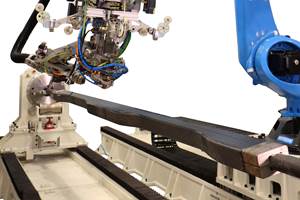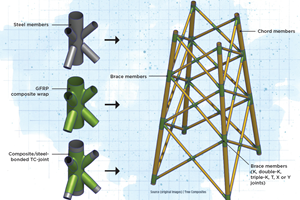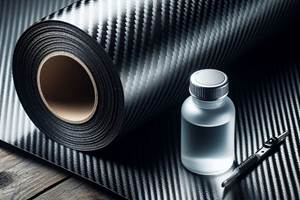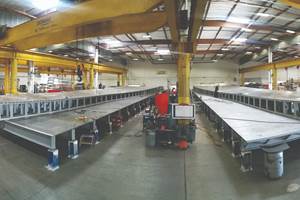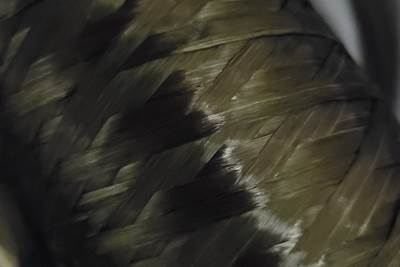IBEX 2008 postshow review
Despite a sluggish boatbuilding market, this annual Miami marine showcase was the platform for the introduction of innovative composite products.
Although attendance was noticeably lower this year because of the economic downturn and ill-timed financial/credit-crunch crisis, the 18th International BoatBuilders’ Exhibition & Conference (IBEX, Oct. 6-8, Miami Beach, Fla.) continued to deliver value. Where five or six people from larger boat manufacturers might have visited the show in years past, this year saw those numbers reduced to one or two, but they were often the key decisionmakers for the company. This year also featured a number of new composites products:
SP (the marine business of Gurit UK, Isle of Wight, U.K.) introduced its new T-Paste 70 epoxy rapid tooling paste and showed its easy, time-saving application, using a Graco DC-12 dispensing system (Graco Inc., Minneapolis, Minn.) in a daily, hands-on outdoor demonstration. The paste reportedly allows for quick build-up without emissions, very low shrinkage, and dimensional accuracy that enables fine detail without breaking during CNC machining. SP claims the material was designed with the hardness to meet tooling strength requirements while remaining soft enough to facilitate machining and extend CNC tool life. For the marine industry, the paste offers all of the benefits of epoxy chemistry, including excellent adhesion to a wide variety of substrates, such as wood, as well as low exotherm, unlike traditional polyester paste products, which can cause problems when applied to substrates such as expanded polystyrene and other foams (see “Learn More,” at right).
Magnum Venus Plastech (Clearwater, Fla.) won an IBEX 2008 Innovation Award for its SmartCat system, designed to ensure progressive catalyst control during closed mold injection processes. When building a large yacht or other composite structure, adding catalyst to the polyester or vinyl ester resin as it is injected can take 20 to 55 minutes. This system, however, controls this process automatically, using programmed adjustments. It’s also driven by pneumatics, which means there are no sparks from mechanical systems to ignite vapors. An operator sets the machine before injection using a system of dials with indicators, programming resin injection to start at 1 percent catalyst and then to increase one-eighth of a percent every 10 shots until the maximum catalyst level is reached. The machine automatically resets itself before the next injection.
Nida-Core Corporation (Port St. Lucie, Fla.) introduced NidaFusion STO fiberglass panels, which feature foam core reinforced with composite triangulated pins, which mechanically connect the faceskins, reportedly making it virtually impossible for the panel to delaminate. The distance between pins, and the angle of the pins, can be adapted to meet mechanical property requirements. The foam is claimed to have an R-value of up to R-5 per inch of thickness. NidaFusion STO panels are suitable to construct floors, sidewalls, trailers, refrigerated storage units, bulkheads and modular building units.
SWORL, a div. of Prairie Technology Group Inc. (Hutto, Texas), introduced new low-cost spray equipment ($1,900) for use in producing reusable silicone bags for application in closed cavity molding of composite parts. The company also inaugurated a new (pat. pend.) technology (IRVBS) that integrates resin stop and outer vacuum seals into the underside of the reusable vacuum bag. Integrating vacuum seals into the bag is said by SWORL to eliminate vacuum leaks associated with closed cavity bag molding (CCBM) technology when using current plenum technology. SWORL reusable bags are translucent (helpful for visual inspection of resin flow), easily repairable, cure with atmospheric moisture, have no size limitations, do not require mold releases, are compatible with a variety of resins, and last for several hundred part production cycles. It withstands continuous exotherm process temperatures of up to 350°F/177°C.
SR Composites (Henderson, Nev.) demonstrated a “green” spray-on reusable Sprayomer vacuum bag technology that is silicone-free. The company claims Sprayomer bags are seamless and highly tear resistant so they can be made to nearly any shape and size without requiring internal reinforcement, which in turn makes them lighter weight. Sprayomer vacuum bags are designed specifically for “production” VARTM.
Pro-Set Inc. (Bay City, Mich.) introduced its PRO-SET M1018 (white) and M1019 (black) epoxy surface-coat resins, designed as a low-porosity pre-paint layer or mold surface coat. The resins are intended for parts that will be painted, and were developed in response to customer requests to resolve issues with dissimilar materials between polyester gel coats and epoxy laminates, which previously required the use of tie-coats. Pro-Set claims these new products have been customer-tested for performance, which includes high Tg, excellent hardness for good gloss retention, ability to hide underlying surface with one coat, and compatibility with multiple hardeners to control cure time.
Composites One (Arlington Heights, Ill.) offered a new Closed Mold Processing Guide as part of its daily CMU (Closed Molding University) demonstrations. The bound and tabbed notebook details vacuum infusion processes (VIP), Light RTM, and closed cavity bag molding (CCBM) as well as vacuum systems, vacuum pumps and resin injection equipment. More than 100 IBEX attendees stopped by daily to watch the distributor’s side-by-side comparisons of Light RTM, VIP, and CCBM. This was the first year that live video feeds of the demonstrations were broadcast inside the IBEX show hall as well.
Ashland Performance Materials (Dublin, Ohio), a division of Ashland Inc., introduced MAXGUARD NCP, a new series of gel coats that reportedly deliver strong weathering performance. Ashland reports comparison tests show that the new gel coats retain their gloss longer than typical marine gel coats and offer greater resistance to blistering than other low hazardous air pollutant (HAP) gel coats. The materials are compliant with maximum achievable control technology (MACT) limits.
New exhibitors at IBEX 2008 included Paint Pockets (Hendersonville, Tenn.), with its patented 3-D filter technology, and Jiangsu Jiuding New Material Co. (Rugao City, Jiangsu, China), which introduced its new weft unidirectional fabric with veil, popular for pultrusion, and its needled combination mat for RTM, pultrusion and infusion, which gives a better surface finish than chopped strand mat. Paint Pockets’ overspray arrestors are said to be extremely efficient filters that reduce airborne particulate. Used to arrest liquid and powder coating overspray in industrial, marine, automotive and aerospace applications, the filters are said to offer longer life, more spray time in the booth, less downtime, less maintenance and, thus, more profit.
Related Content
MFFD thermoplastic floor beams — OOA consolidation for next-gen TPC aerostructures
GKN Fokker and Mikrosam develop AFP for the Multifunctional Fuselage Demonstrator’s floor beams and OOA consolidation of 6-meter spars for TPC rudders, elevators and tails.
Read MoreNovel composite technology replaces welded joints in tubular structures
The Tree Composites TC-joint replaces traditional welding in jacket foundations for offshore wind turbine generator applications, advancing the world’s quest for fast, sustainable energy deployment.
Read MoreComposite resins price change report
CW’s running summary of resin price change announcements from major material suppliers that serve the composites manufacturing industry.
Read MoreMaterials & Processes: Tooling for composites
Composite parts are formed in molds, also known as tools. Tools can be made from virtually any material. The material type, shape and complexity depend upon the part and length of production run. Here's a short summary of the issues involved in electing and making tools.
Read MoreRead Next
Composites end markets: Energy (2024)
Composites are used widely in oil/gas, wind and other renewable energy applications. Despite market challenges, growth potential and innovation for composites continue.
Read MoreCW’s 2024 Top Shops survey offers new approach to benchmarking
Respondents that complete the survey by April 30, 2024, have the chance to be recognized as an honoree.
Read MoreFrom the CW Archives: The tale of the thermoplastic cryotank
In 2006, guest columnist Bob Hartunian related the story of his efforts two decades prior, while at McDonnell Douglas, to develop a thermoplastic composite crytank for hydrogen storage. He learned a lot of lessons.
Read More



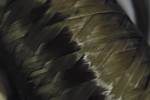
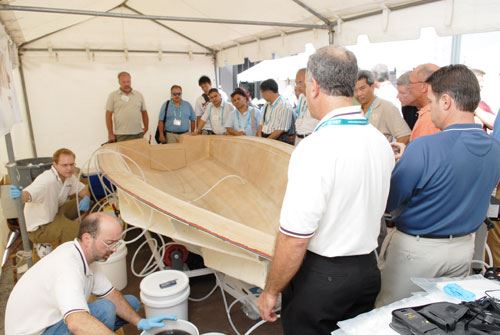
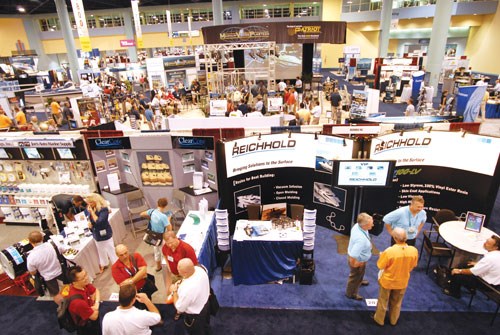

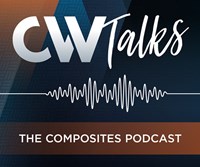
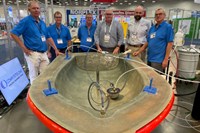
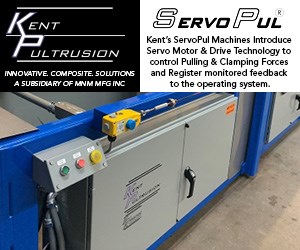

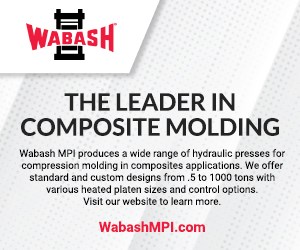
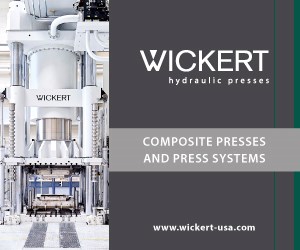
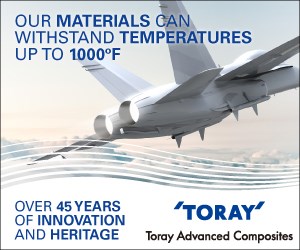

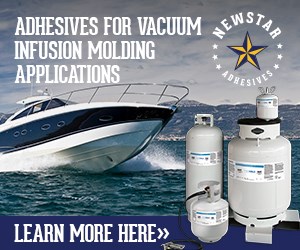
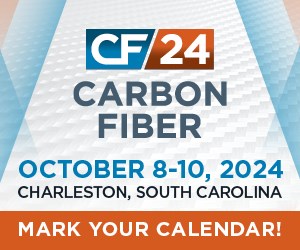
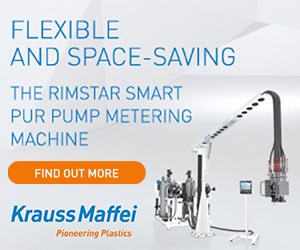
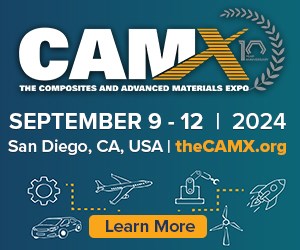
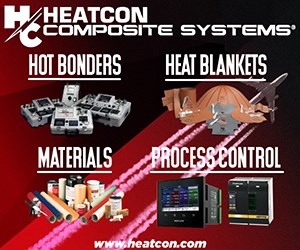


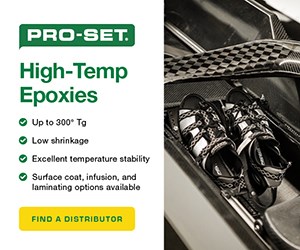
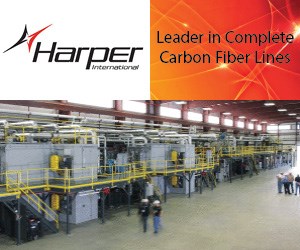
.jpg;maxWidth=300;quality=90)
